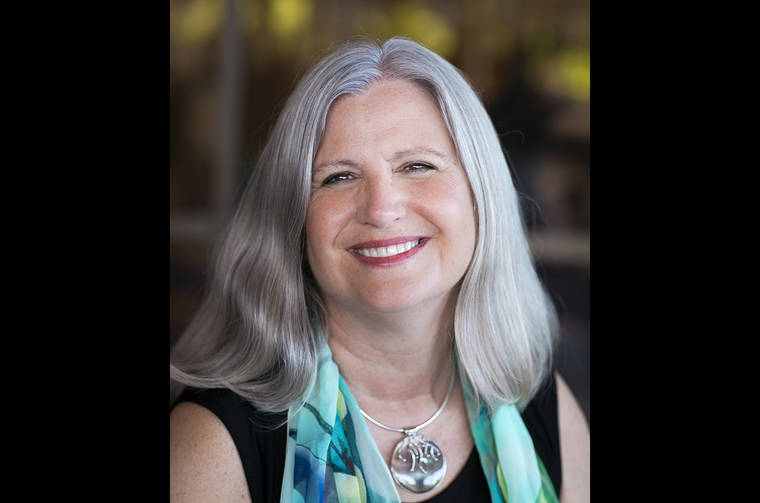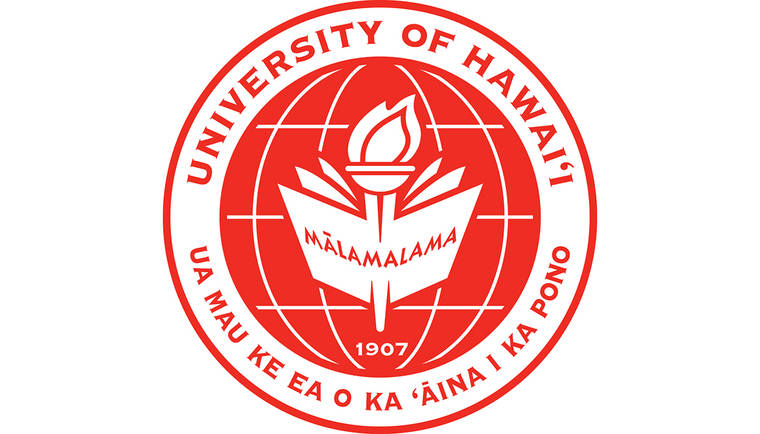While some short-term cost-saving measures have already been implemented, University of Hawaii at Hilo administrators say no decisions have been made about how the campus will address a $5.7 million budget cut proposed by Gov. David Ige.
UH is facing systemwide cuts of more than $78 million as part of Ige’s proposed biennium budget, which was unveiled Dec. 21.
“As presented in the governor’s budget, there are no specific programmatic details for the reductions and particular impacts,” said Kalbert Young, UH vice president for budget and finance and chief financial officer, in a Dec. 22 update posted on the UH website. “However, the university has already been undertaking systemwide campus conversations with constituencies and stakeholders … for months to formulate different options and scenarios to address program revisions. This process could help inform how the university may have to accommodate funding reductions of this magnitude.”
Since the 2008 recession and subsequent downturn in enrollment, UH-Hilo Chancellor Bonnie Irwin said the university has been trimming from its budget “pretty consistently over the past decade.”
“Now if we have to cut that much, it’s not going to be easy.”
Irwin said the university’s proposed $5.7 million cut is a proportional amount of the overall $78 million reduction Ige proposed for the UH system.
“Early on, we thought it might even be worse,” she said. “When I heard the news, it was a mixture of a little bit of relief but still concern, because that is a big enough cut that it would certainly limit what we could do.
“We are concerned about it, and we will continue to lobby the Legislature to see if that number can be reduced to see if perhaps UH does not have to take as big a cut as the governor proposed.”
Irwin said UH is waiting to see what happens at the federal level when the new presidential administration takes office later this month. It also is unknown how much the campus will receive from a recently approved federal coronavirus relief package.
But what could or will be lost in terms of academic programming and employees remains to be seen.
“Again, everything is still a conversation at this point, but we have done some trimming of operations,” Irwin said.
For example, because of the ongoing COVID-19 pandemic, university officials are no longer traveling, which saves money.
And because fewer students are living on campus, Irwin said two residence halls have temporarily closed, which means reduced staffing costs.
“We’re taking a really hard look at operations and finding efficiencies wherever we can,” Irwin said.
According to the chancellor, the university began the year in a “cash preservation mentality,” which means spending money only on what is needed to support students and university programs.
“This has given us kind of a reality check,” she said. “We’ve been talking across the campus about what we can do differently.”
That includes cutting back on classes with lower enrollment.
Because UH-Hilo is a small campus, Irwin said there are a number of small programs and sometimes small classes.
If a class has fewer than 10 students, Irwin said administrators will evaluate whether it’s needed or should be offered less often.
Irwin said she and Vice Chancellor of Academic Affairs Kris Roney have met with faculty from about a dozen programs to discuss future options.
“Just because a program is small doesn’t mean it’s not worth having,” the chancellor said.
While one of those options would be to suspend a program, other choices could include updating or combining certain programs to attract more students.
According to Irwin, factors being weighed when evaluating programs include looking at those that aid in the university’s mission of serving Native Hawaiian and Pacific Islander students; programs that are fulfilling the needs of Hawaii Island in particular, including education and health care; and programs that “we have here because of where we are,” such as marine science, astronomy and Hawaiian studies.
“Those programs exist because we live here on Hawaii Island,” she said.
The university is endeavoring to support those programs while considering how to re-frame the rest of its offerings “to make us a little more efficient and start thinking about how we update some of our academic programs. … Ideally, we would be having those conversations anyway. It’s certainly something I’ve wanted to do since I arrived, but the budget has made the conversations more urgent.”
If the university ultimately decides to suspend an academic program, Irwin said students already enrolled in that program will have the opportunity to finish.
“We have a commitment we made to those students, and we will fulfill those commitments,” she said.
Irwin said, too, that UH-Hilo administrators started conversations with other UH campuses about how to work better as a system.
Staffing cuts also remain under evaluation.
Irwin said there are retirements each semester and voluntary resignations.
“As we have retirements, (the university will) look at resources across units, then look at how we can reshape things.”
The proposed budget reductions are in addition to furloughs previously proposed by the governor that have since been delayed until at least July 1.
Ige’s budget also includes reductions in the operating and capital improvement project budgets during the next two fiscal years as the state anticipates a $1.4 billion shortfall each year.
“It’s going to be a particularly tough session, I think, for the Legislature this year because everyone is going to be saying their program or their department within the state shouldn’t be cut,” Irwin said. “But I think the (state Department of Education) and UH are both so much a part of the future of the state of Hawaii, I remain hopeful that the Legislature will find a way to perhaps lessen the proposed cuts so we can continue to do a good job educating the students and building the future of our state.”
The Legislature reconvenes Jan. 20.
Email Stephanie Salmons at ssalmons@hawaiitribune-herald.com.









